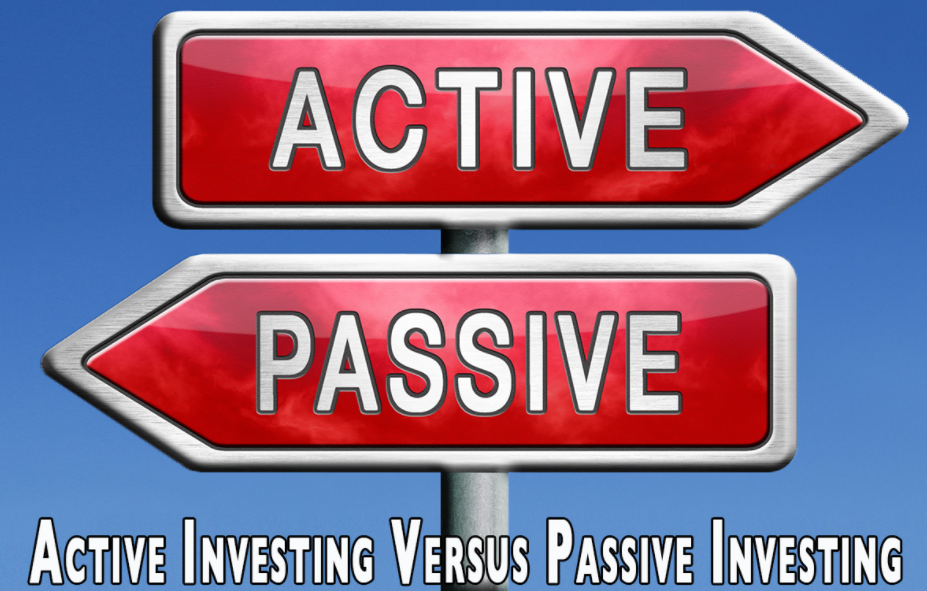By Staff Reporters
***
***
Historical Review
As can now be discerned 15 years later, two trends emerged from the aftermath of the 2008 financial crisis. One was a new type of investment that concentrated capital among a small number of firms. The other was left-wing activism in the style of Occupy Wall Street. Combined, these trends helped empower Wall Street behemoths to push much of the corporate wokeness that is so common today. The financial meltdown precipitated a transition from active to passive investment.
Definitions
Active investment is what one typically thinks of as investing — making risky stock purchases in an attempt to beat the market in the short-term.
More: https://medicalexecutivepost.com/2023/03/06/understanding-active-asset-allocation/
Passive investment, on the other hand, requires much less effort. According to Investopedia, it is a long-term strategy where investors try to “replicate market performance by constructing well-diversified portfolios” (e.g. mutual funds) typically based on a “representative benchmark” like the S&P 500 index. In other words, it bets on the market rather than against it.
More: https://medicalexecutivepost.com/2015/03/19/more-on-passive-investing-for-physicians/
Dichotomy
Passive investing took off after the financial crisis when investors realized it wasn’t worth trying to beat the market. Why pay a broker a one to two percent fee every year to actively manage your assets, especially when the downturn revealed they often under-performed the regular market returns? Many opted for passive asset management that cost a fraction of a brokerage fee.
More: https://medicalexecutivepost.com/2022/03/09/active-or-passive-investing-pursuits/
Today
In fact, one study found that between 2008 and 2015, active funds lost $800 billion while passive funds gained over $1 trillion in new investment. As of 2019, more money is now invested in passive than in active funds.
***
***
COMMENTS APPRECIATED
Thank You
***
Filed under: Experts Invited, Financial Planning, Funding Basics, Investing | Tagged: active investing, DEI investing, ESG, Occupy Wall Street, passive investing, wokeness |


















[…] 15 YEAR JOURNEY: From Active to Passive Investing? […]
LikeLike
Out standing post and links.
MARY
LikeLike